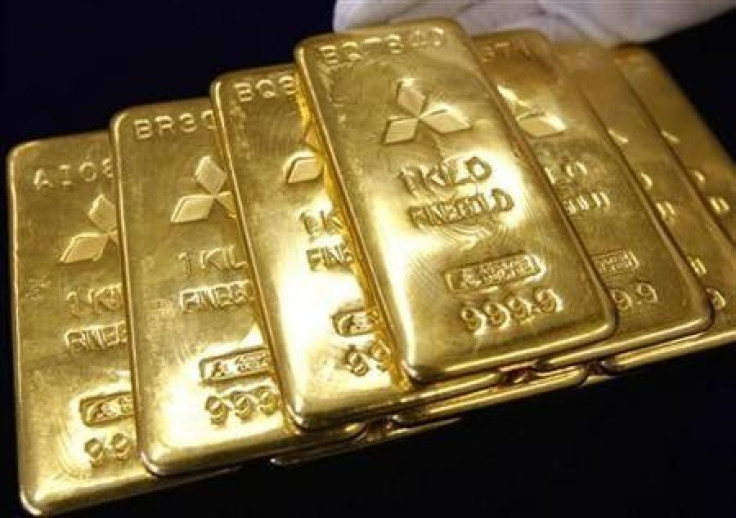Central Bank Gold Demand To Hit Highest Level Since 1964

Demand for gold by central banks and official sector institutions were more than double the level reported a year ago, as emerging market central banks continue to gobble up gold due to concerns about fiat currencies, such as the U.S. dollar and especially the euro, according to World Gold Council data released Thursday.
Gold reserves at central banks increased by 158 metric tons, a rise of more than 130 percent over the corresponding period last year and the largest quarterly net purchase by this sector since it became a net buyer of the yellow metal in the second quarter of 2009. The official sector accounted for 16 percent of the total gold demand of 990 tons in the second quarter.
Should central banks continue to buy gold at the current rate and add roughly another 250 tons between now and December, official sector gold purchases would likely total around 500 tons this year, which will be a record since 1964, said Marcus Grubb, managing director at WGC.
Purchases in the first half of the year totaled 254 tons, up 25 percent from 203 tons in the same period last year.
"You'll see central banks to continue make major contributions on the demand side of the market, though it's mainly emerging country central banks doing the purchasing," Grubb said.
Central banks in emerging economies have been largely net buyers of gold over the past couple of years, as they looked to diversify further their reserve assets holdings due to concerns of overexposure to the dollar, the euro and sovereign bonds. Before 2009, however, central banks had been net sellers of gold bullion for around two decades.
"To some degree, central banks are worried about sovereign bonds not being as much of a low-risk asset as they used to be," Grubb said. "Gold is liquid and has low correlation with other asset classes. It's a natural choice for a lot of central banks."
Central banks that bolstered their holdings during the period included the National Bank of Kazakhstan and the central banks of the Philippines, Russia and Ukraine.
The National Bank of Kazakhstan stated in July that it had increased its 2012 target for gold purchases from 25 tons to 26 tons. The bank has previously said that it plans to buy the country's entire domestic production over the next two to three years in order to reduce its reliance on the U.S. dollar as a reserve asset, confirming that it is targeting an allocation to gold of 15 percent of its foreign exchange reserves.
Following the confirmation in June that it had purchased over 32 tons of gold in March, the central bank of the Philippines made no net changes to its reserves throughout the second quarter. The bank's stated policy of buying local mine production remains in place and reserves as at the end of June stood at a provisional 194.2 tons, equal to around 13 percent of total reserves.
Russia's program of buying saw the central bank add a further 22 tons to its reserves during the April to June period. Total gold reserves at the end of the period stood at around 920 tons, roughly equal to 9 percent of total reserves.
The National Bank of Ukraine appears to have accelerated a program of very small sporadic purchases, which it has made over recent years, with four consecutive monthly additions to its gold reserves since March of this year. These transactions have been small in size, with purchases in the second quarter totaling 3.6 tons, but relative to total holdings of 32.8 tons this represents a significant percentage increase in the bank's gold reserves.
Small purchases were also made by a range of central banks across Europe and South America, including Serbia, Guatemala and the Kyrgyz Republic.
Gold futures for December delivery gained $4.20, or 0.3 percent, to settle at $1,606.60 an ounce on the Comex division of the New York Mercantile Exchange.
Related: SPDR Gold Trust (NYSEARCA:GLD), Market Vectors Gold Miners ETF (NYSEARCA:GDX), iShares Gold Trust ETF (NYSEARCA:IAU), Market Vectors Junior Gold Miners ETF (NYSEARCA:GDXJ), Goldcorp Inc. (NYSE:GG), Barrick Gold Corporation (NYSE:ABX), Kinross Gold (NYSE:KGC), Agnico-Eagle (NYSE:AEM), IAM Gold (NYSE:IAG).
© Copyright IBTimes 2024. All rights reserved.












